Why no flowers the first year?
art33
12 years ago
Related Stories
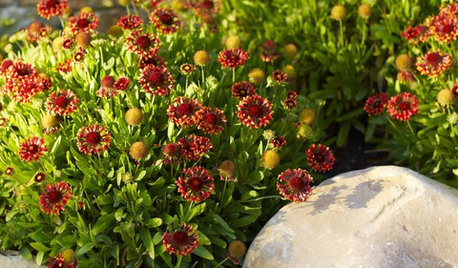
GARDENING FOR BUTTERFLIESGreat Design Plant: Blanket Flower Brings Year-Round Cheer
It's irresistible to wildlife, but this wildflower's drought tolerance, copious blooms and versatility draw human fans too
Full Story
MORE ROOMS12 Ways to Get More Out of Your Closet This Year
First clear it out, then fill it up again using some of these organizing tricks for your walk-in closet
Full Story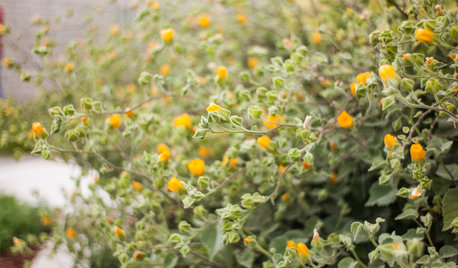
FLOWERS AND PLANTSAbutilon Palmeri Dazzles the Southwest With Nearly Year-Round Blooms
Plant Palmer’s Indian mallow for velvety foliage, long-lasting orange flowers and an abundance of wildlife benefits
Full Story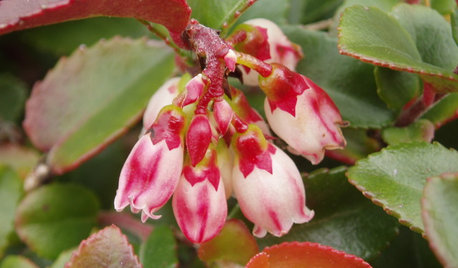
GARDENING GUIDESGreat Design Plant: Evergreen Huckleberry Appeals All Year
Spring flowers and summer berries are only half the story with Vaccinium ovatum, a versatile Pacific Northwest native plant
Full Story
GARDENING GUIDESGreat Design Plant: Snowberry Pleases Year-Round
Bright spring foliage, pretty summer flowers, white berries in winter ... Symphoricarpos albus is a sight to behold in every season
Full Story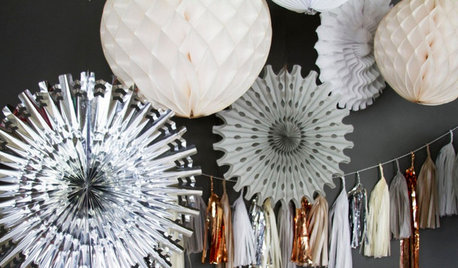
SHOP HOUZZShop Houzz: Up to 40% Off New Year’s Party Must-Haves
Make a fabulous celebration your first resolution with tableware, decor essentials and more
Full Story0

DECORATING GUIDESCelebrate Spring All Year With Florals in the Kitchen
Bring in the beauty of spring and summer color with a flourish of blooms on your kitchen backsplash, curtains, wallpaper and more
Full Story
GARDENING GUIDES15 Ideas to Try in Your Garden This Year
These gardening stories were tops among Houzz readers. Which ideas might you try this year?
Full Story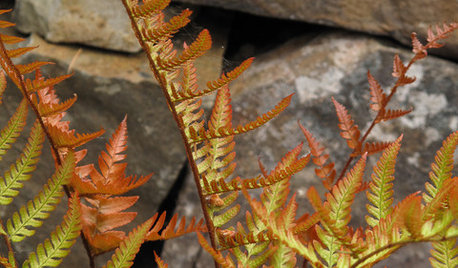
GARDENING GUIDESGreat Design Plant: Autumn Fern Adds Color All Year
Use this evergreen, easy-care fern for soft texture and coppery tints in container gardens and the landscape at large
Full Story
FALL GARDENINGReflecting on a Gardening Year
Mistakes and successes, surprises and comforts. The garden helps us grow in new ways every year
Full Story





ken_adrian Adrian MI cold Z5
art33Original Author
Related Professionals
Windham Landscape Architects & Landscape Designers · Beachwood Landscape Architects & Landscape Designers · Deer Park Landscape Architects & Landscape Designers · Foothill Ranch Landscape Architects & Landscape Designers · Rancho Cordova Landscape Architects & Landscape Designers · Alexandria Landscape Contractors · Stamford Landscape Contractors · Allentown Landscape Contractors · Surprise Landscape Contractors · Maple Valley Landscape Contractors · Costa Mesa Landscape Contractors · Lakeville Landscape Contractors · Pomona Landscape Contractors · Waterford Landscape Contractors · Welby Landscape Contractorsken_adrian Adrian MI cold Z5
art33Original Author
calistoga_al ca 15 usda 9
art33Original Author
flora_uk
art33Original Author